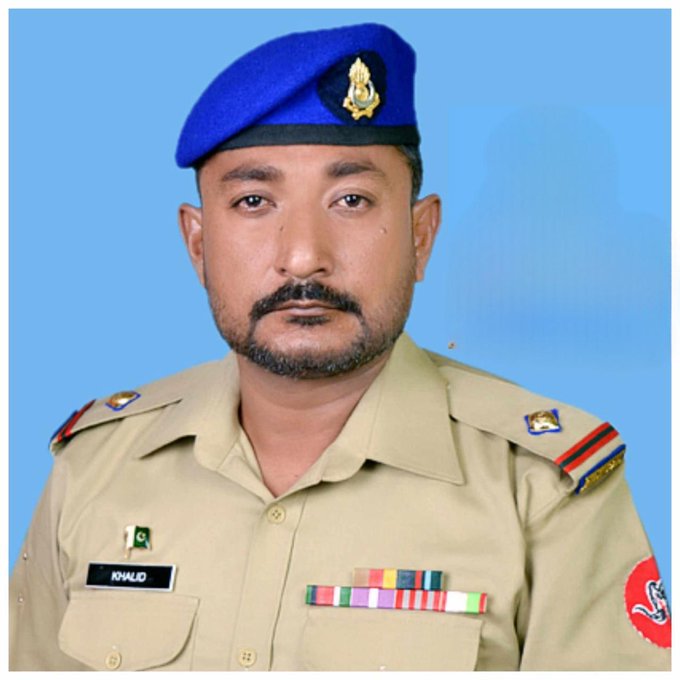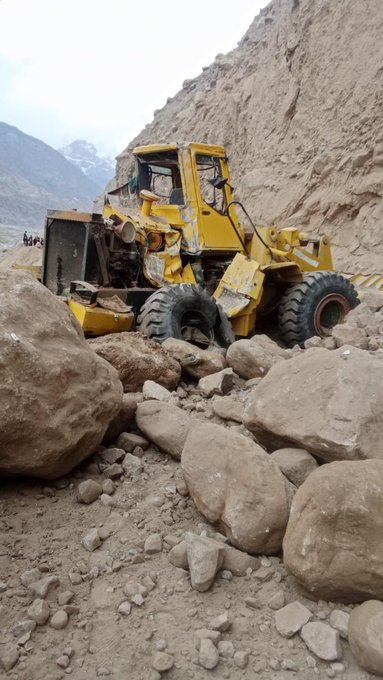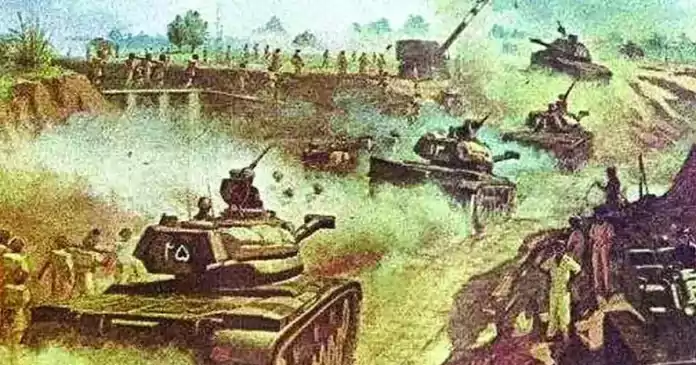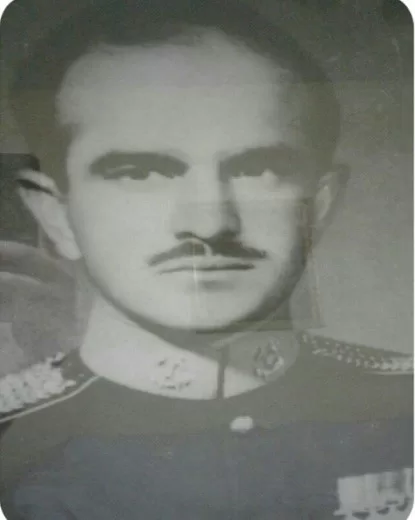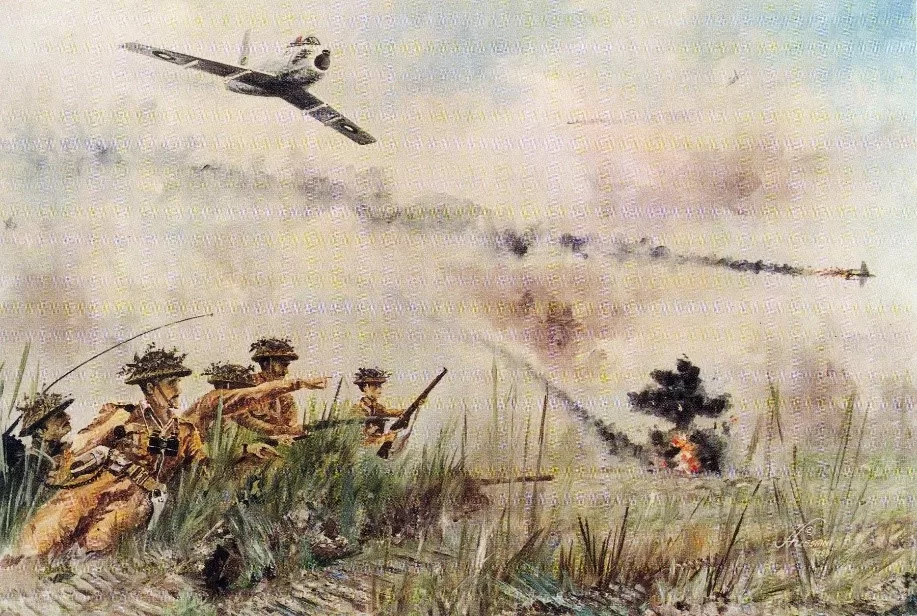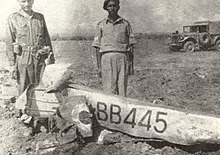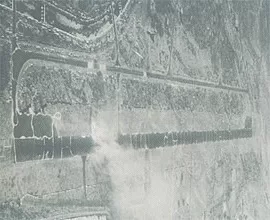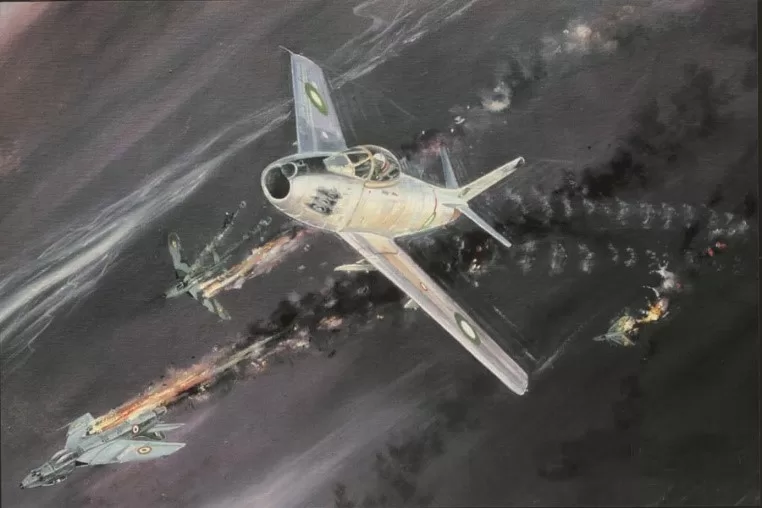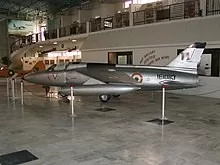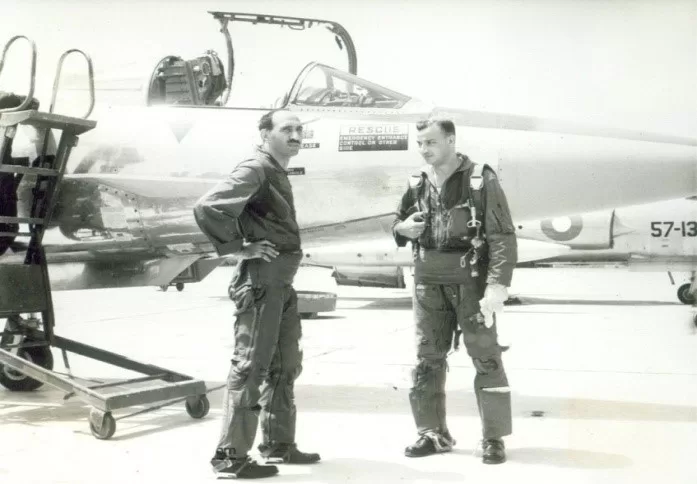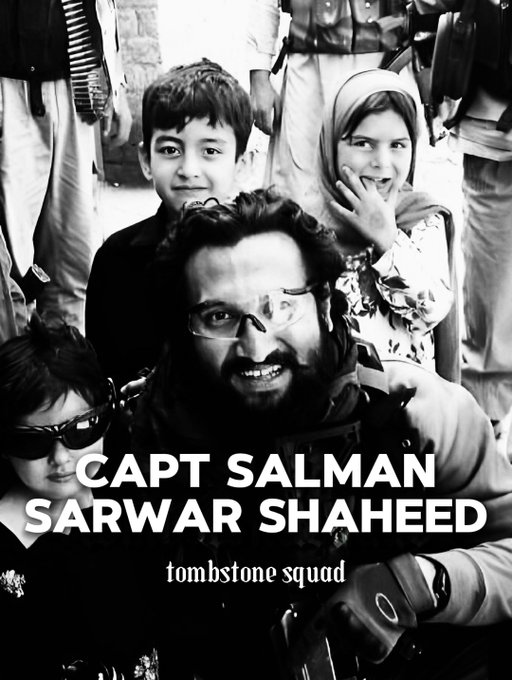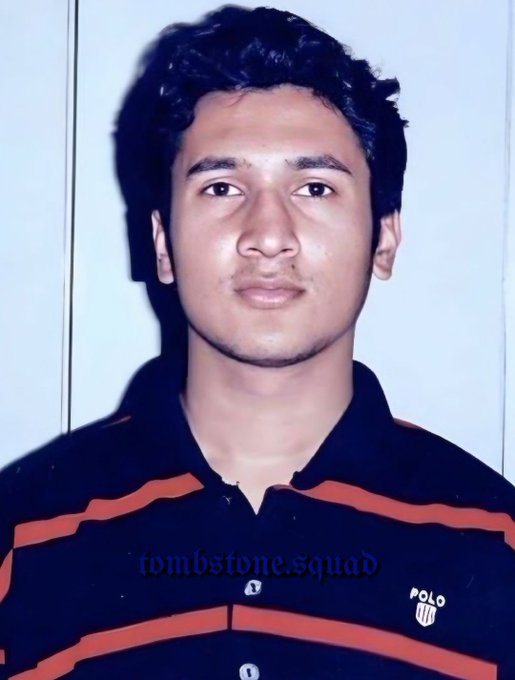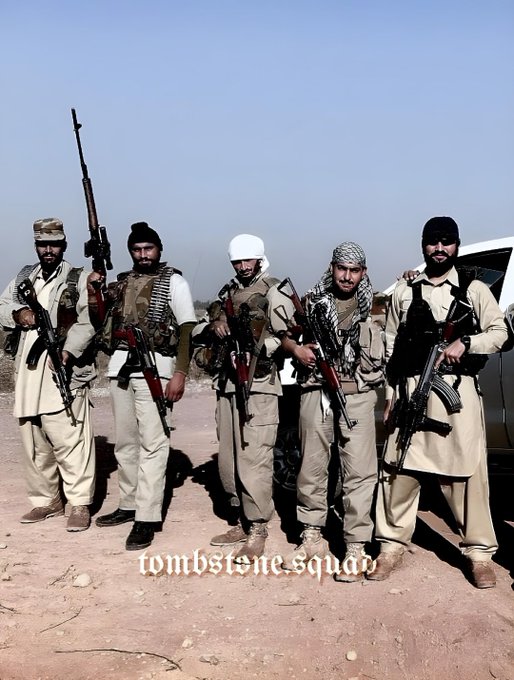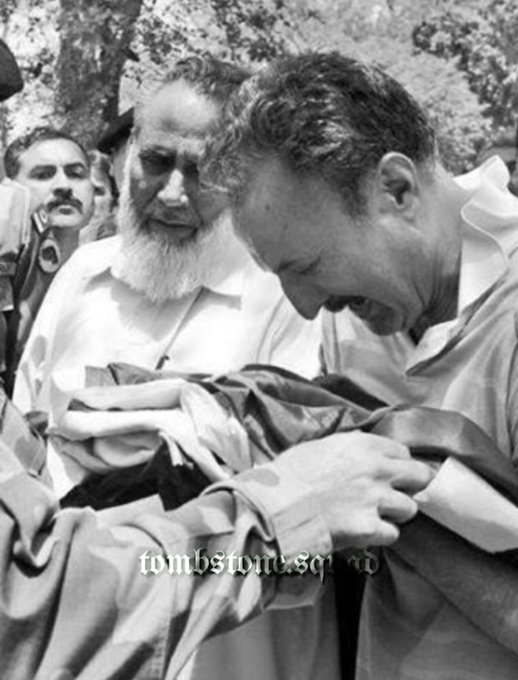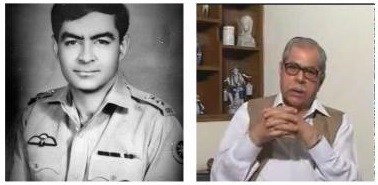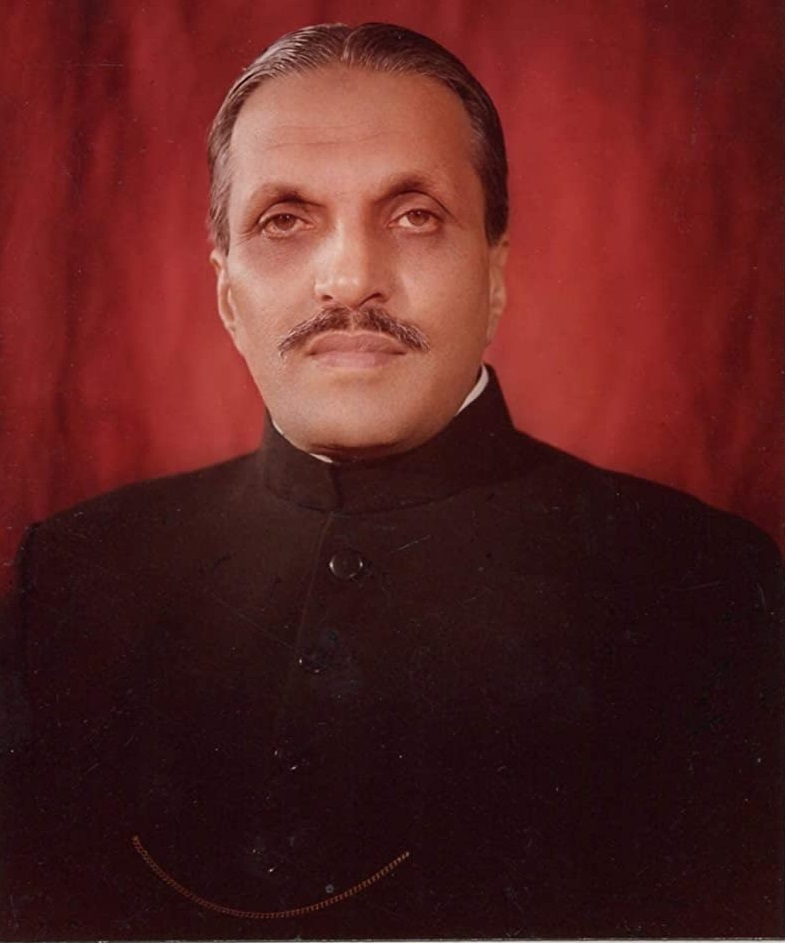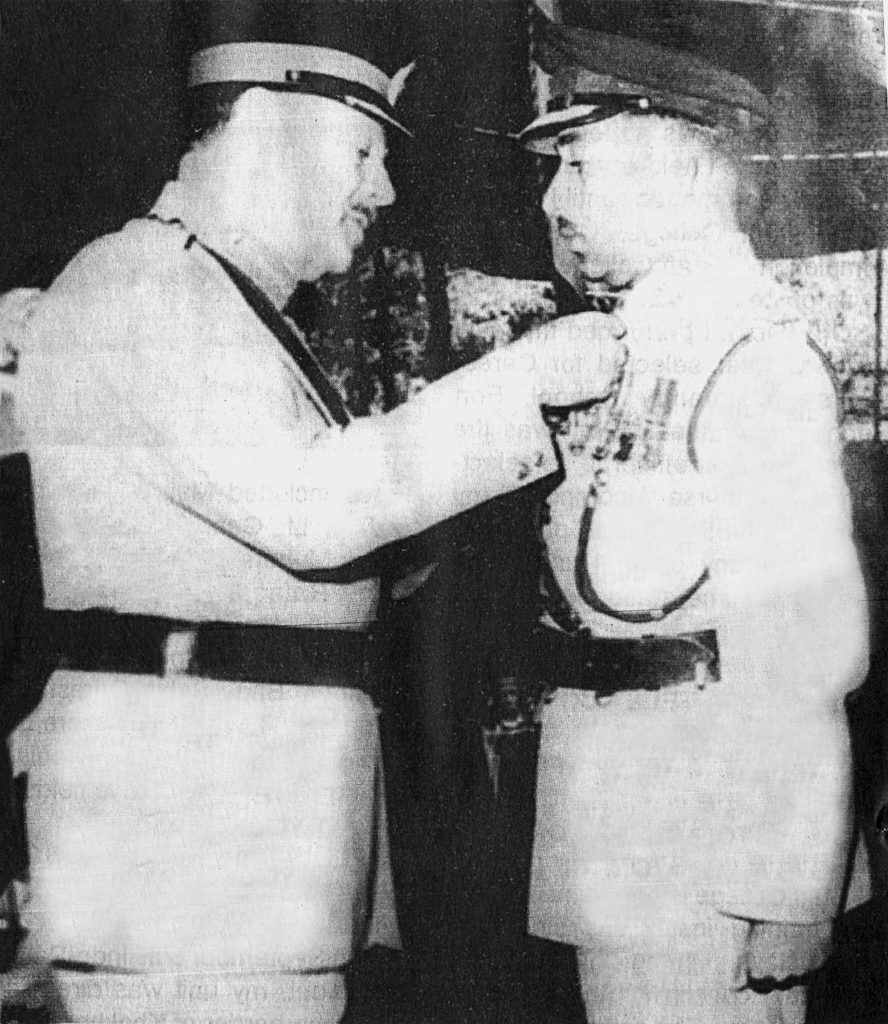ghazi52
Think Tank Analyst
- Mar 21, 2007
- 114,073
- 165,177
- Country of Origin

- Country of Residence

- Thread starter
- #106
Shabir was captain when he was committed for marriage in a noble family of Lahore. His father Major Sharif decided to marry his son but it was not a good time. He was retired now and only living on his pension. Although his elder daughter was married already but there was still another to be married. Now Shabir was also committed for marriage; so he wrote a letter to his son.
Shabir was a spendthrift. His fuel expense was too much, he also smoked an expensive brand of cigarette , cork tipped Craven A.
Moreover, he spent on his friends what ever was left. So sparing any money looked impossible.
Those days he was also doing a course in the School of Military Intelligence. He wrote a letter to his father on July 17, 1968
“My dear Daddy,
I don’t know whether I can tell you or not what I do, how much I save and where I spend, but believe me I am aware of your problems. It doesn’t mean that I am not your thankful son. Its only a matter of a few months, everything will be alright. You know that I smoke, I’ll quit if necessary. I promise you that as and when the course ends, I shall start sending you a good amount every month.”
(In the picture Major Shabir can be seen smoking a cigarette with Major Mujahid Ali Shaheed (26 FF). Major Mujahid is also a martyr of 1971 war)

Shabir was a spendthrift. His fuel expense was too much, he also smoked an expensive brand of cigarette , cork tipped Craven A.
Moreover, he spent on his friends what ever was left. So sparing any money looked impossible.
Those days he was also doing a course in the School of Military Intelligence. He wrote a letter to his father on July 17, 1968
“My dear Daddy,
I don’t know whether I can tell you or not what I do, how much I save and where I spend, but believe me I am aware of your problems. It doesn’t mean that I am not your thankful son. Its only a matter of a few months, everything will be alright. You know that I smoke, I’ll quit if necessary. I promise you that as and when the course ends, I shall start sending you a good amount every month.”
(In the picture Major Shabir can be seen smoking a cigarette with Major Mujahid Ali Shaheed (26 FF). Major Mujahid is also a martyr of 1971 war)

